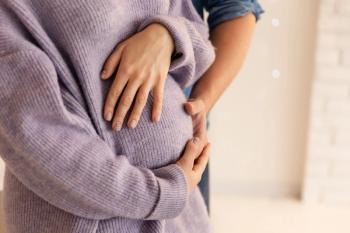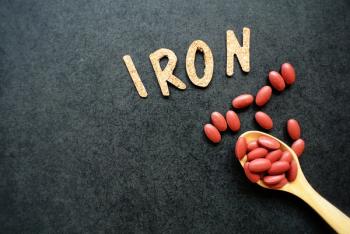
New risk factors for maternal sepsis identified
Obese women, those who require operative vaginal delivery, and those who are younger than 25 are at high risk for childbirth-related sepsis.
Obese women, those who require operative vaginal delivery, and those who are younger than age 25 are at high risk for childbirth-related sepsis.
Strict adherence to aseptic technique, antibiotic prophylaxis in cesarean deliveries, monitoring of pregnant obese patients, and awareness of the association between operative vaginal delivery and sepsis are recommended.
Risk of maternal sepsis is more than doubled in women who are obese or require operative vaginal delivery-and more than quintupled in those younger than age 25, contrary to findings of previous studies.
The new findings come from a recent population-based, case-control study conducted in Scotland and published in
The researchers looked at all pregnancies with intrapartum and postpartum diagnoses of sepsis or severe sepsis recorded in the Aberdeen Maternal and Neonatal Databank from1986 to 2009. Of the group, the researchers analyzed 89 cases of uncomplicated maternal sepsis, 14 cases of severe maternal sepsis, and 412 controls. The odds ratios for sepsis in obese women, in those requiring operative vaginal delivery, and in women younger than age 25 were 2.12 (95% CI, 1.14-3.89), 2.20 (95% CI, 1.02-4.87), and 5.15 (95% CI, 2.43-10.90), respectively.
The study corroborated other factors already known to increase risk of uncomplicated and/or severe sepsis: multiparity (ORs, 6.29 and 12.04, respectively), anemia (ORs 3.43 and 18.49, respectively), labor induction (OR, 3.92, severe only), cesarean section (ORs, 3.23 and 13.35, respectively), and preterm birth (OR, 2.46, uncomplicated only).
Implications of these data to clinicians include the importance of antibiotic prophylaxis at cesarean delivery, strict adherence to aseptic technique and infection control measures in clinical practice, evaluation of operative vaginal birth and risk of sepsis, and close monitoring of obese women during pregnancy, the authors write.
Read other articles in this issue of
Newsletter
Get the latest clinical updates, case studies, and expert commentary in obstetric and gynecologic care. Sign up now to stay informed.









